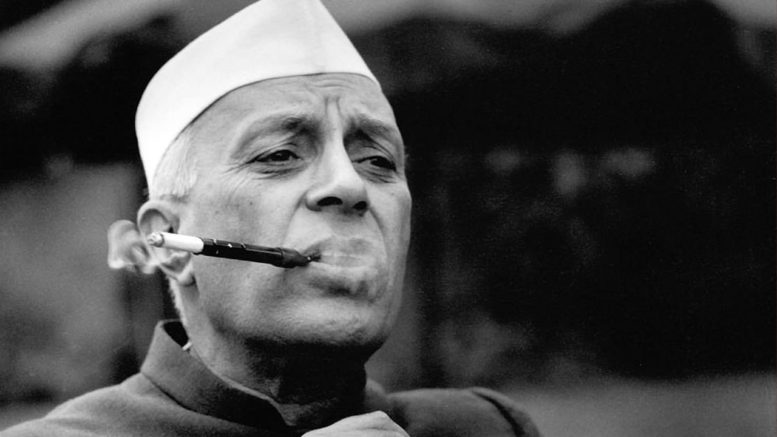The one man who could be blamed most for the underdevelopment of India is undoubtedly country’s first Prime Minister Jawaharlal Nehru. His love for Soviet Union and neo-Marxist ideas compelled him to follow USSR style planning model for development of the country. The Feldman-Mahalanobis model was developed independently by Soviet mathematician Grigory Feldman and Indian statistician P C Mahalanobis. The irony of this model of economic development is that both people associated with the model were not trained economists and their model was adopted to guide the economy of two large countries. The essence of this model lies in import substitution and capital investment for industrial growth. So, majority of the resources are diverted towards heavy industries and state leads the development of ‘key industries’.
The Nehruvian economic strategy was based on four broad principals. The first being that capital accumulation is very difficult for a poor country and adopting modern technology of industrial revolution is much more difficult. The second accumulation of capital is dependent of domestic savings. The dominant discourse though prevalent at that time was that economic growth is dependent on savings and productivity of capital. The third was that government could play major role in industrialization, the rationale for this thought came from rapid industrial development in Soviet Union in early years of Communist rule. The fourth principal was minimization of foreign trade, exports were not encouraged and all the capital was invested in import substitution. This was the reason behind successive balance of payments crisis faced by the country because the country was dependent at the mercy of foreign trade for financing essential imports. In fact, former prime minister of India, Manmohan Singh himself pointed this out as a flaw of Nehurvian economic policy in 1963.
There were many critics of Nehruvian economic policy when it was adopted in late 1950s. The critics mainly came from ‘Bombay School of Economics’ and included prominent names such as B. R. Shenoy, C. N. Vakil and P. R. Brahmananda. The criticism was based on economic as well as political flaws of Nehruvian policy, for example B. R. Shenoy pointed out that commanding role of state in the economy will undermine democracy. On economic front, Vakil pointed out that ignoring production of essential goods like food and textile and overproduction of industrial goods would lead to inflation as income grows. The deficit financing which government expected to come from more money printing from RBI would also be inflationary.
The economic policies of Nehru pushed growth in short run as economic growth was 4.09 percent on average between financial years of 1952 to 1965. But in long run his policies proved disastrous. The flaws of Nehruvian policies became visible in last years of reign, by the time of his death the country has too much government regulation of economy which further increased in Indira Gandhi years. There was shortage of essential goods and India was unable to compete in global markets because state led companies were too inefficient to compete with foreign players. Many Asian countries identified the problem and got rid of state led economy but India inclined more towards it under the leadership of dictatorial Prime Minister Indira Gandhi. Some politicians like C Rajagopalachari of Swatantra Party were smart enough to identify the problem and started using political party to argue for free markets. But Swatantra Party could not compete against populists policies of Indira Gandhi led Congress and India suffers from its consequences even today.
Essentially, economic policies of Nehru proved more harmful to country after his death under the reign of his daughter Indira Gandhi during his reign. Nehru’s love for policies of Soviet Union proved disastrous for the people of the country. Despite calling himself a humanist he neglected the importance of primary education in the life of people. He preferred to invest scarce resources for development of ‘key industries’ rather than in ‘human resources’. If one analyzes his policies in current framework then Nehru would come out as sort-sighted person with very little futuristic rigor and perhaps he would not be worthy of these honors in current framework.
